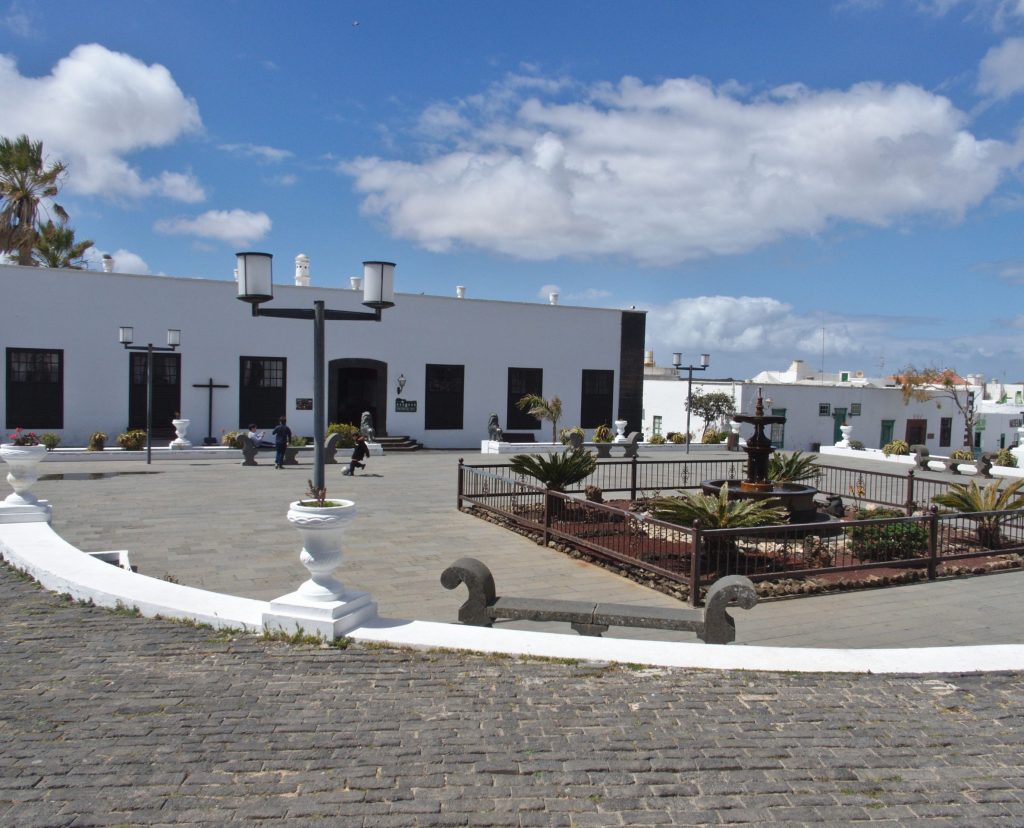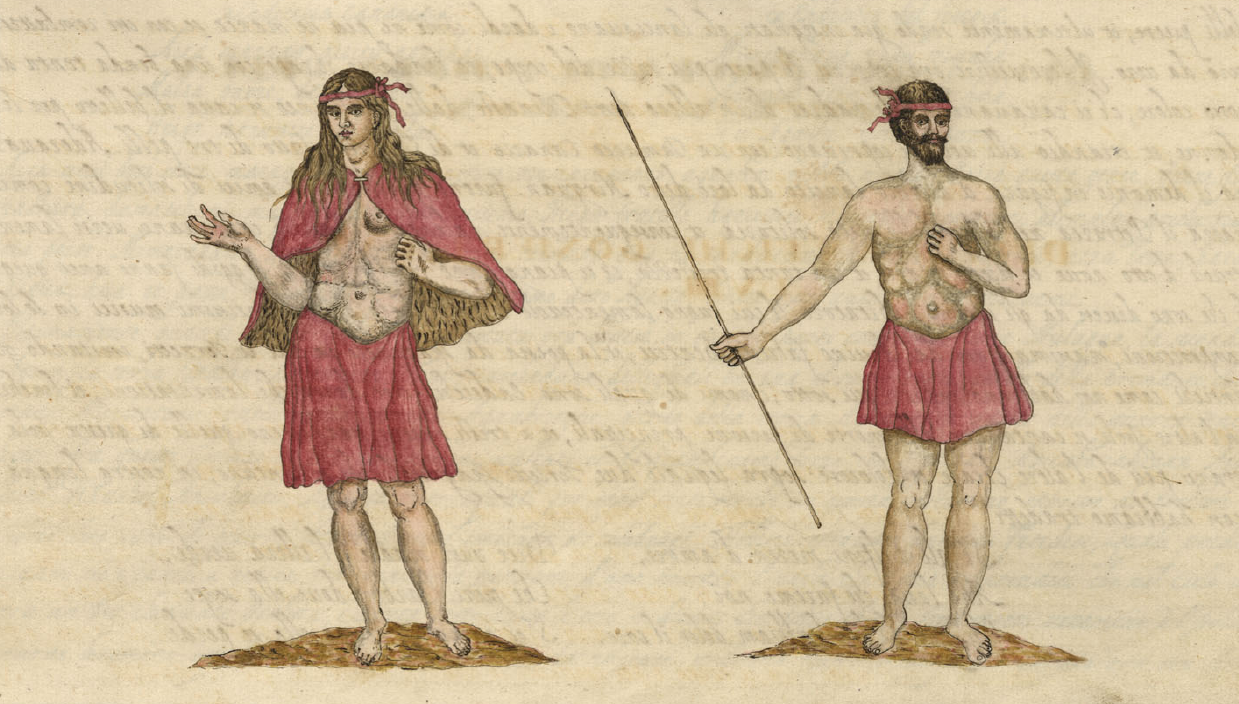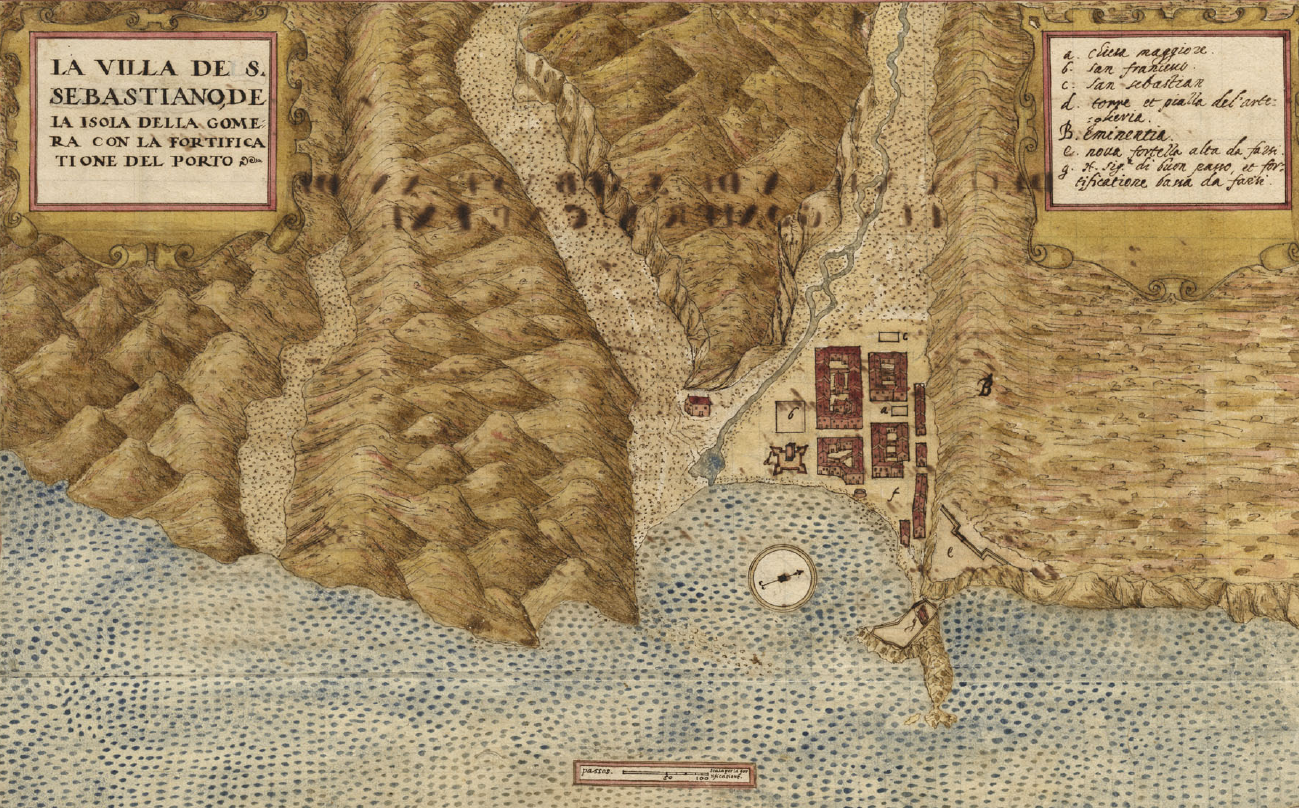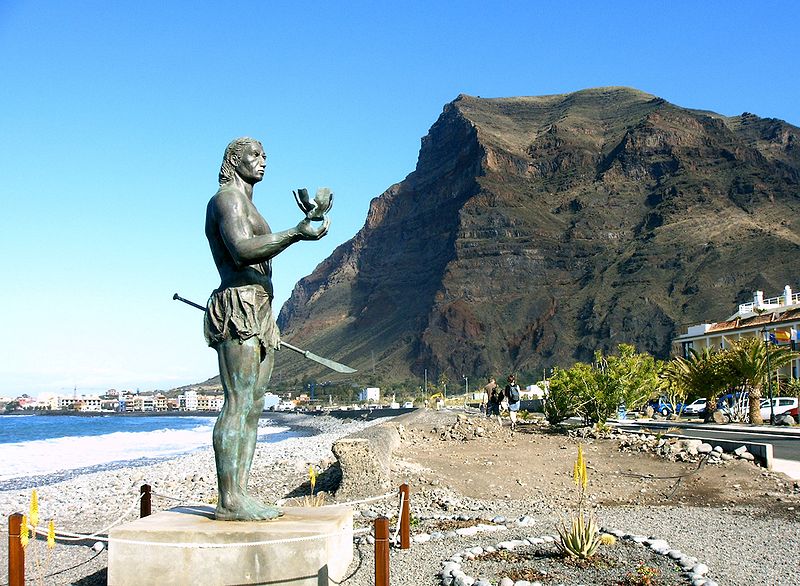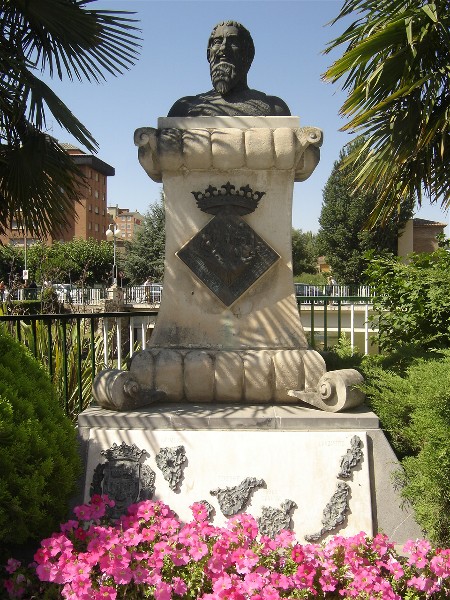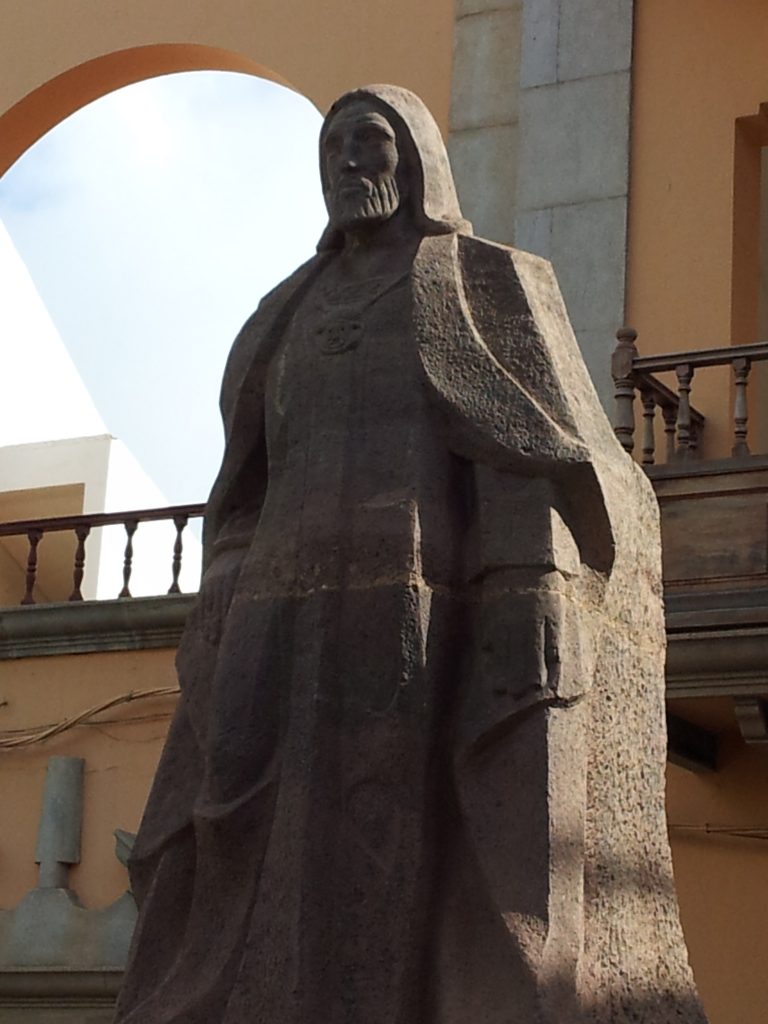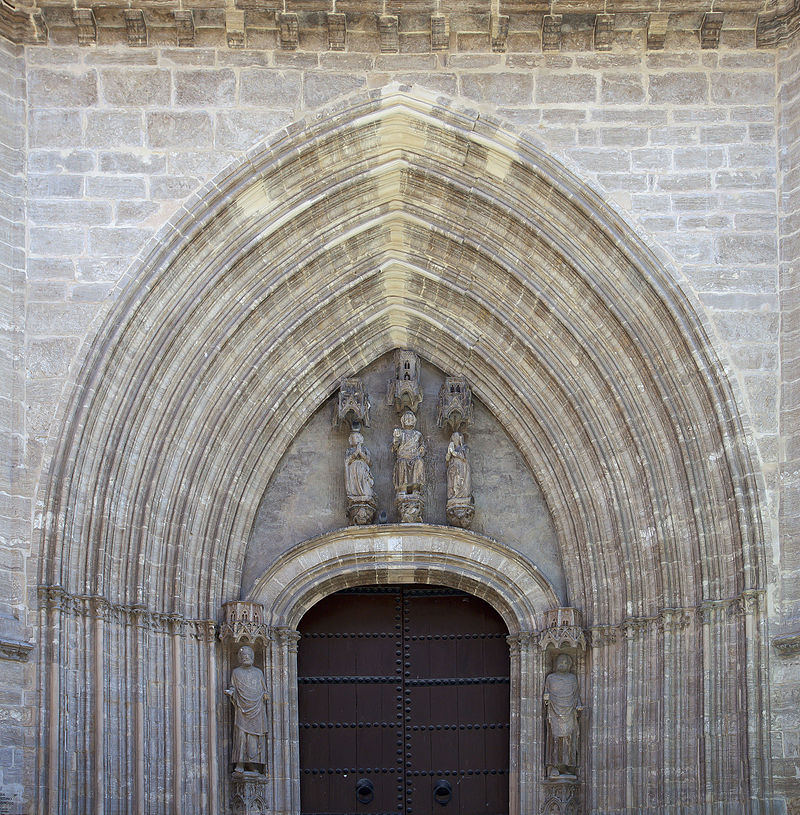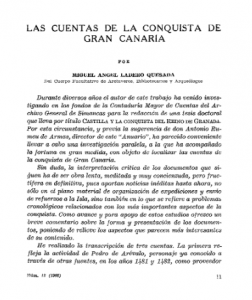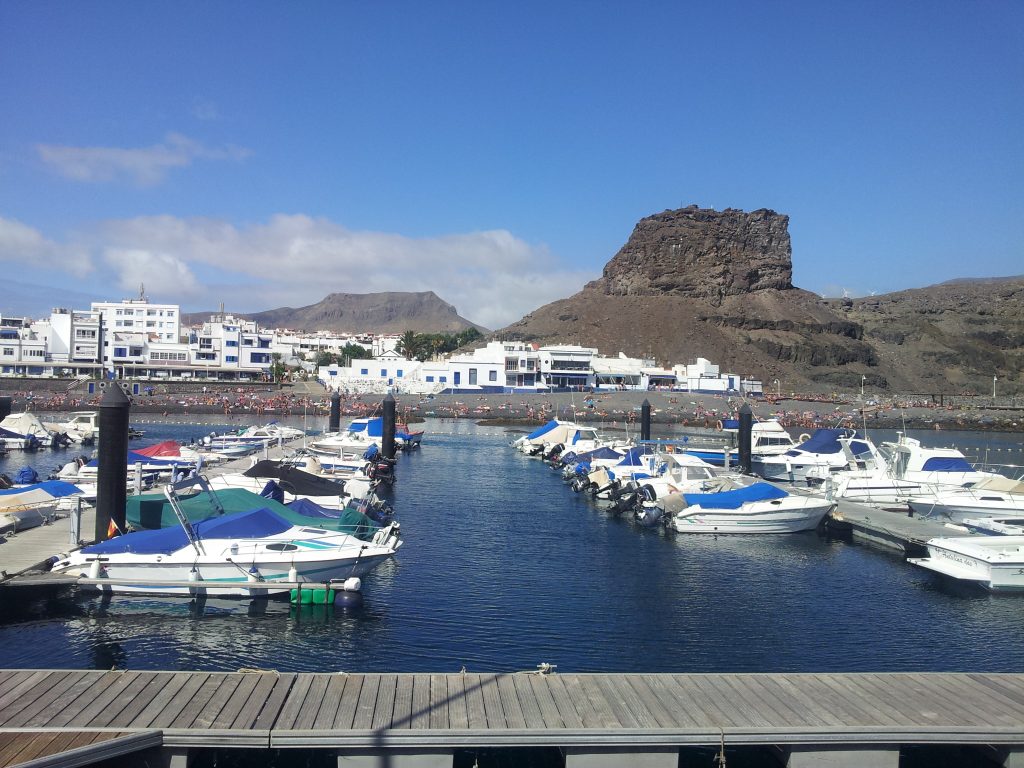
A view of Teguise town (Lanzarote) in 2016 from Mount Guanapay. Named Gran Aldea (Great Village) by Europeans in the fifteenth century, it was the capital of the Seigneury of the Isles of Canaria and the scene of residents insurrection against Inés Peraza and Diego de Herrera’s rule that gave rise to Cabitos’ Inquiry (source: PROYECTO TARHA)..
[…] and we as people few and poor, miserable, ignorant, living on this island, poor having nothing to provide us or feed us but the skies and goat herds, and we have no other property or income to live on. For, Lord, if we pick bread one year, two years we do not pick it, and so we are living on this land, in our misery and poverty, and they take the above said tax from us […]. And about that all, the above said Lords Diego de Herrera and Doña Inés, his wife, are not contented […] every day they do us more harm, taking us out of our homes, making us abandon our wives and children, taking us by force against our wills to other islands of infidels where many of us died and still die and make us keep towers and fortresses […] not wanting neither to give nor to pay us any wage […] and we dare neither to tell them nor to repeat to the above said Lords nothing of such grievances they do to us because of the great fear of them we have until make it known to Your Highness, to whom we plead with loud voices, as very miserable and aggrieved people, that Your Highness remedy us with justice, for, Lord, we are isolated on the islands, on the said island of Lanzarote, which is far apart from the kingdoms of Spain, westwards in the sea.
Promoters of this plead never imagined that their requests would give rise to the most important public file kept on the conquest of the Canaries.
(más…)
Más / More...

